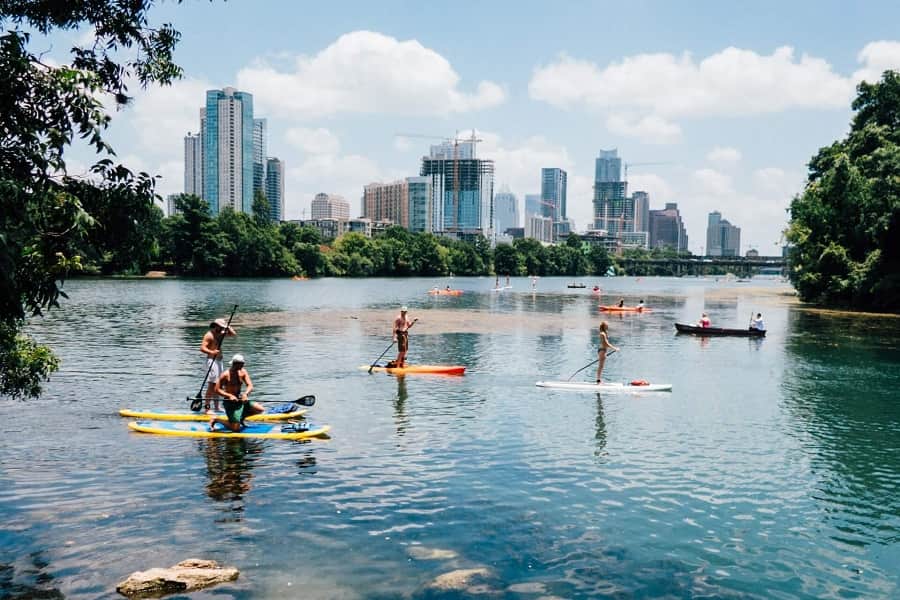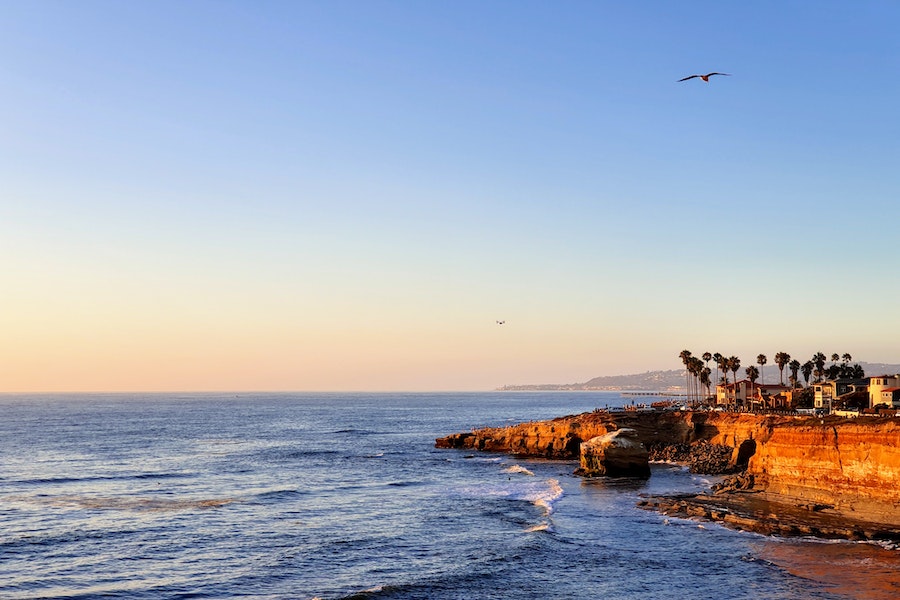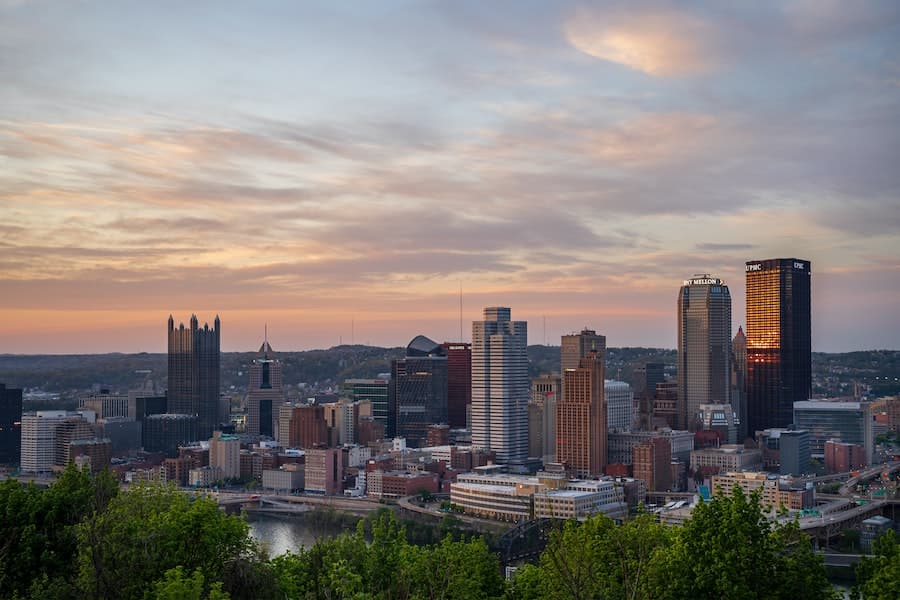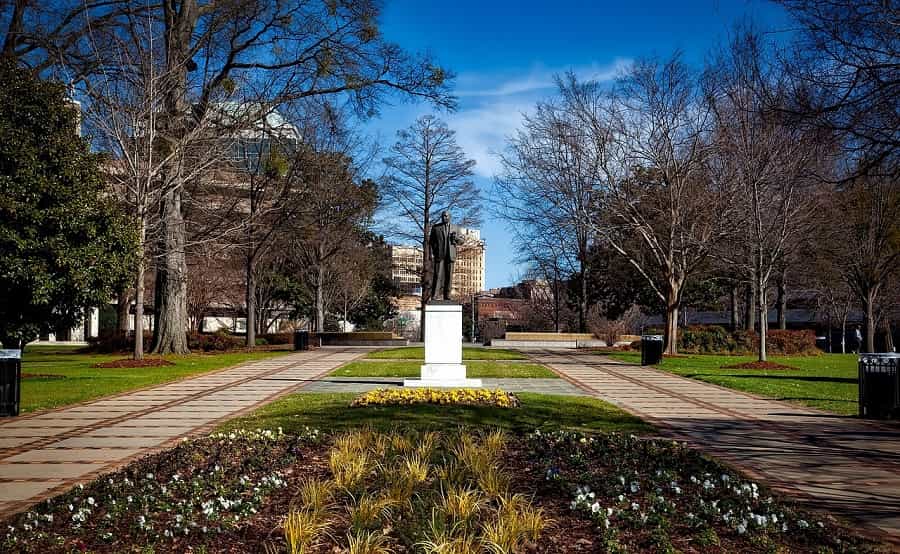Whether you are looking for a day of fun with your family or an adventure to remember, there are many places to visit in Austin. You can explore natural wonders and enjoy great food and drinks while you’re there.
The Austin Zoo, a combination of museums, is a must-see attraction in Austin. The zoo features native Texas animals as well as science labs and fossil digging. The zoo also has a Dino Pit exhibit where you can learn more about the dinosaurs of the past.
The Mexic-Arte Museum is a great place to learn about Latin American culture and art. The museum displays 17,000 pieces of art, sculptures, photography and more.
For music lovers, Mohawk is a great music venue to visit. The venue is located in downtown Austin and has live music most days starting at 8pm. There are two stages and three bars. There are also food and arcade games. There is also a skee-ball and cheese stick counter and a nachos bar.
If you’re looking for an outdoor activity, Mount Bonnell offers panoramic views of Austin. It’s 775 feet tall and requires 102 steps to reach the top. You can also find a sandcastle building and sandy shoreline.
The Texas State Capitol is a historical and cultural site. You can find exhibits and information on the history of the state government. You can also take a tour of the Texas Governor’s Mansion. It is an architectural masterpiece and has survived storms and arson attempts.
Barton Springs Municipal Pool
The Barton Springs Municipal Pool is a three-acre spring-fed swimming pool filled with the waters of the Edwards Aquifer. The pool is the largest of its kind in Austin and is one of the hottest tourist attractions.
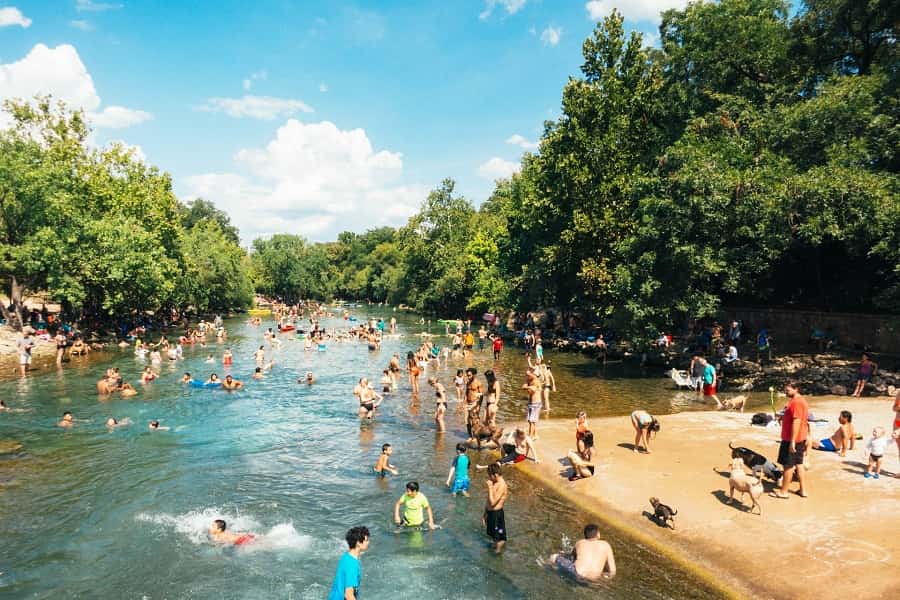
The Barton Springs Pool, however, is not for the faint of heart. The pool is also the most expensive in Austin, with admission tickets costing $10 for adults and $5 for kids. Despite the price tag, the Barton Springs Pool is the largest natural swimming hole in Texas and is a great way to cool off in the summer months. The pool has depths ranging from 0 to 18 feet.
The Barton Springs Pool also boasts a more interesting water feature – a mini golf course, which is open from dawn to dusk. This small amenity is not only entertaining but also provides a great workout for the body and mind.
There is also the Barton Springs Reserve, which is home to the Barton Springs salamander, an endangered species. This is a natural swimming hole with ample green space to go around. It is also one of the few pools in Austin that has a full-time staff and is open all year round.
Another swimming pool worth checking out is the Barton Creek Pool, located in Zilker Park. This pool is open from sunrise to sunset, and has a small fee for admission. However, the pool is closed during the months of March through October due to flooding from Barton Creek.
Texas State Capitol
Located in Austin, Texas, the state capitol is home to the office of the governor. The building is a stunning architectural work of art that has been renovated and restored to its former grandeur. This landmark is a must-see for all Texans.
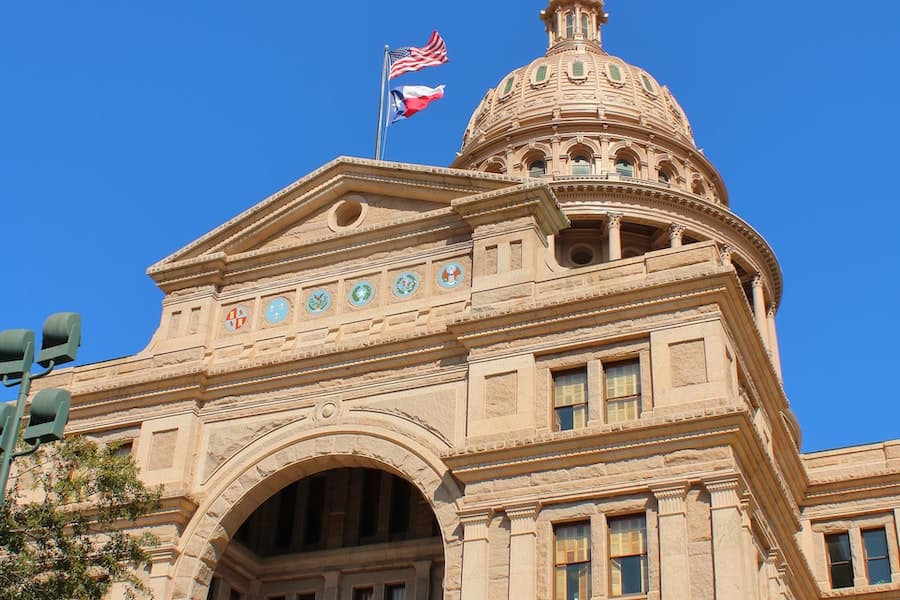
The capitol building features a grand rotunda that peaks at over 218 feet above the floor. The building is also home to many monuments. Those wishing to visit the capitol must undergo a security check before entering.
The capitol is home to many artifacts that tell the story of Texas. There are displays of the history of Texas oil industry, Tejano culture, and the fall of the Alamo. The building also features an IMAX theater that shows educational films.
Visitors can take tours of the Capitol Building. Tours are free and take about 30 minutes. Tours depart from the South Foyer. Tours are offered daily, except on holidays. Tours leave every 30 minutes during the week and every 45 minutes on the weekends.
Visitors can also visit the Capitol Visitors Center. This center contains a collection of photographs and materials used to build the Capitol building. The center also has a miniature replica of the Capitol dome. There is also a sword from the days of the Republic of Texas.
Visitors can also visit the Capitol Extension. The underground annex is connected to the capitol and features skylights and main corridors designed as atriums. The annex was constructed in 1993 and accommodates the growth of the Texas government.
Bob Bullock Texas State History Museum
The Bob Bullock Texas State History Museum is a history museum dedicated to the Lone Star State. It is named after the 38th lieutenant governor of Texas. It opened to the public in 2001.
In addition to its permanent collection of artifacts, the museum also features a variety of temporary exhibits. The exhibits include science, pop culture, and local topics. In addition, the museum features an IMAX(r) Theater, which provides visitors with an exciting cinematic experience. The theater is six stories tall and has a screen that measures 84 feet wide.
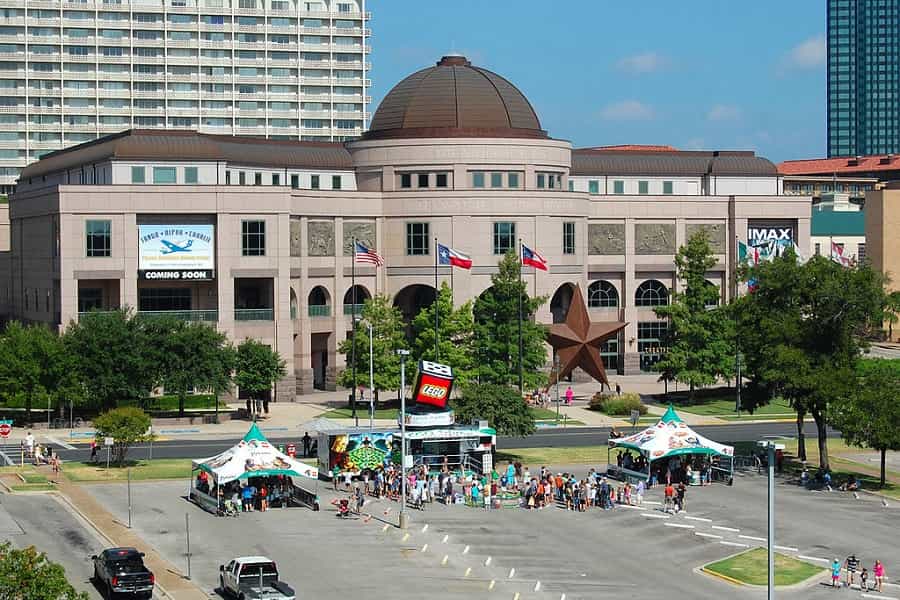
Visitors can also enjoy live music performances, film screenings, lectures, and interactive activities for children and families. The museum also features a cafe, which serves quick bites. There are also large-scale community events throughout the year.
The Bullock Museum has three floors dedicated to the history of the Lone Star State. The first floor covers the local Native American tribes of the area, missions, and early settlers. The second floor highlights important battles and historical events. The third floor highlights industry, science, and popular music.
Guests can also enjoy special exhibits, such as the 2,000-pound iron Goddess of Liberty that once sat on top of the State Capitol dome. The museum also features a 35-foot bronze Lone Star sculpture.
There are also two movie theaters on site. The IMAX(r) Theater shows first-run feature films, as well as educational documentaries. The theater is 84 feet wide, which means guests can enjoy sharp images.
McKinney Falls State Park
McKinney Falls State Park is a 641 acre park that offers a variety of outdoor activities. Aside from swimming and hiking, there are a variety of other activities to take advantage of, including mountain biking and fishing.
The main attraction of the park is the cascading waterfalls. The falls are located within a loop of hiking trails. Although the trails are relatively short, they are all connected and provide a great way to get around.
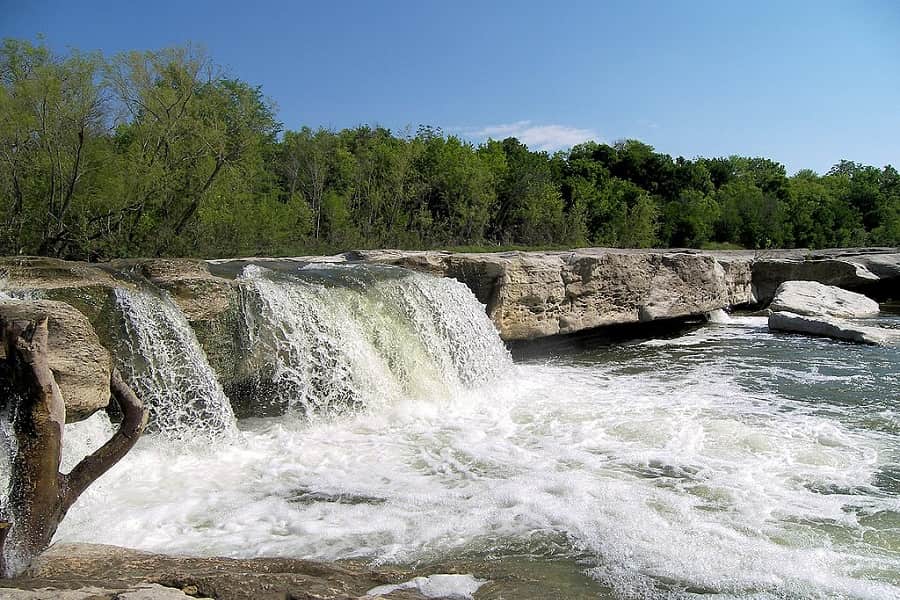
There are also several campgrounds at McKinney Falls State Park. These include RV sites, group shelters, and hike-in sites. Some of the campgrounds also feature a group dining hall. There are also a few hotels and motels within the park.
Aside from the waterfalls, McKinney Falls State Park is also home to a variety of historic sites. There is a gristmill and remnants of the old Texan homestead. The park is also part of the El Camino Real de los Tejas National Historic Trail.
Another highlight of the park is the Old Baldy park, which is home to the oldest bald cypress tree in Texas. The park also features a historic rock shelter.
Other attractions include the Lower Falls and the Upper Falls. The Lower Falls are especially nice at sunset. The park also offers a lookout point that gives visitors a unique perspective of the city skyline.
Other nearby parks include Bastrop State Park and Pedernales Falls. These parks are also home to some of the best hiking trails in the area.
Austin Aquarium
Located in Austin, the Austin Aquarium is a fun place to visit. It features several interactive exhibits, including a large rainforest. The aquarium is also home to many different species of aquatic life, including thousands of fish, birds, and reptiles.
The aquarium also has several educational programs and special events. For the more adventurous, the aquarium features underwater mermaid performances.

The aquarium also features a number of interactive exhibits, including a coral reef and a “rain forest” with hundreds of reptiles. The aquarium also has a large variety of different animals, including a resident octopus and several species of sharks.
There are several attractions in Austin, but the Austin Aquarium is definitely one of the best. Its exhibits include the best in aquatic life, including coral reefs, jellyfish, and thousands of different species of fish.
The aquarium also offers a number of educational programs for adults and children. The aquarium is also home to a number of interactive exhibits, including one that allows visitors to feed a resident octopus. Another educational activity is the “Thinkery,” a hands-on exhibit that teaches visitors about STEM topics. The aquarium also has a “Wonder Bar,” which includes an impressive list of trinkets, including a giant teddy bear.
The best part of the aquarium is that it’s very accessible, especially by car. The aquarium is located on Anderson Mill Road, 20 miles north of Downtown Austin. The aquarium is open Sunday through Thursday from 10am to 7pm and on Friday and Saturday from 10am to 8pm.
Mexic-Arte Museum
Located in the heart of Saltillo, Texas, the Mexic-Arte Museum is a cultural center that features artworks from both Mexican and Latin American artists. Its collection is one of the few in the United States, showcasing a variety of artworks that combine traditional and popular materials, as well as contemporary expressions. The museum also has a gift shop where visitors can buy unique items.
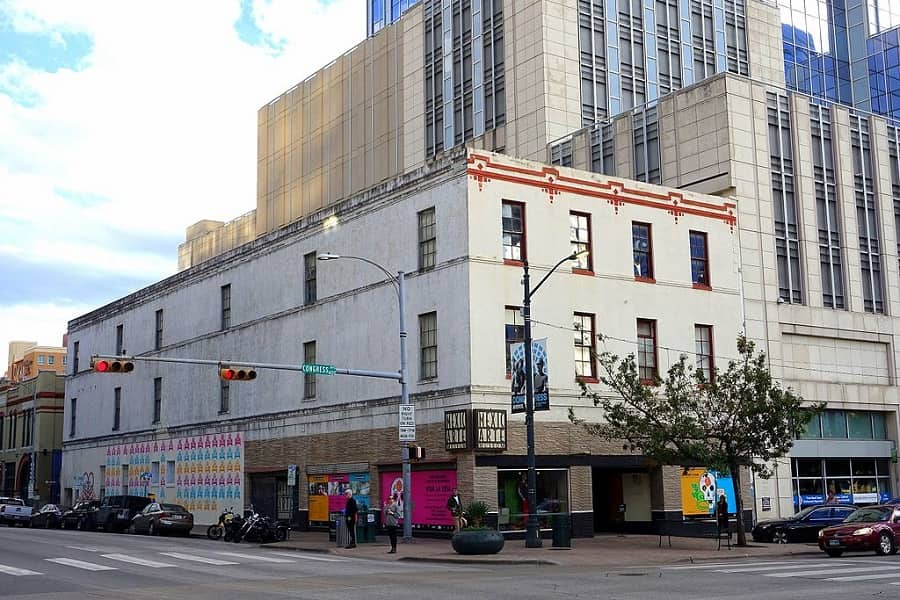
The museum has more than five thousand works in its permanent collection. Its collection includes paintings, sculptures, photography, and popular art. It also hosts the Artist in Residence Education Program, which continues the conversation around the Borderlands.
The museum is dedicated to promoting art, culture, and education in the Latino community. The Mexic-Arte Museum has worked with more than sixty artists since 2012. It also has a collection of collectible pop culture items.
In addition to art from Latin American countries, the museum also features works from local artists. Some of the artists featured in the collection include Bruno Andrade, a Native painter of South Texans. He is known for his colorful still life paintings.
The museum also features an audio-visual installation and community workshops. The Mexic-Arte Museum also hosts an annual Young Latino Exhibition. It is curated by Dr. George Vargas, and will feature contemporary artists from the museum.
The Mexic-Arte Museum’s collection also includes works from master printmakers. These include the Taller de Grafica Popular Print Collection. These prints depict historical figures and social changes in Mexico. The prints are displayed in the main galleries, as well as annex galleries.
Austin Zoo
Located in southwest Travis County, Austin Zoo is an accredited zoo by the Zoological Association of America. The nonprofit zoo is home to rescued exotic animals. Animals at the zoo include tigers, lions, and monkeys. The zoo also features reptiles, birds, and bobcats.
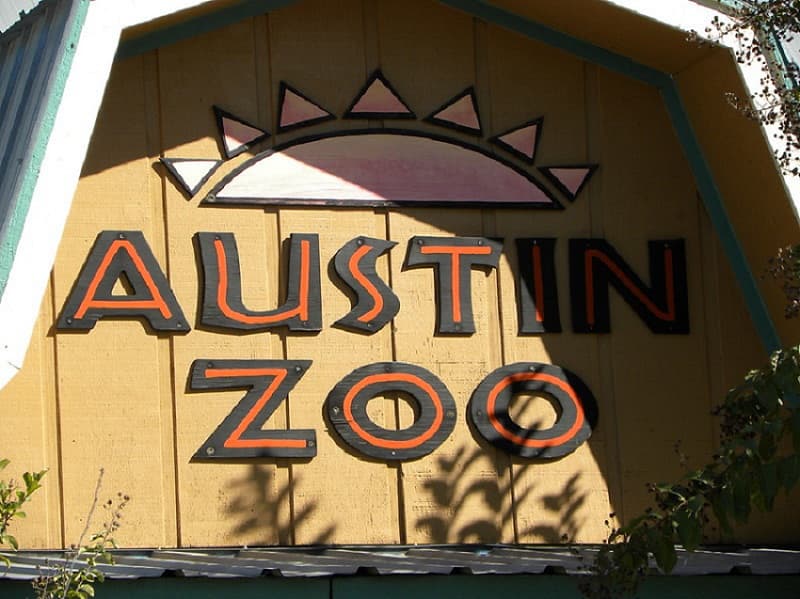
Austin Zoo is open from 9:30 am to 6:00 pm daily. It accepts pre-booked tickets for admission. You can also buy skip the line tickets. These tickets include social distancing measures, such as no face masks or sanitization.
There is a variety of interactive exhibits to educate visitors about central Texas’ environment. There are also nature camps, hiking trails, and more. You can participate in education programs, explore the Naturalist Workshop, and dig for fossils in the Dino Pit.
There are also plenty of outdoor activities, such as hiking, swimming, and biking. The park is also home to a sandy beach and sandcastle building. There are also nature tours, hiking trips, and private events. The park offers activities for all ages.
The park also features the Zilker Zephyr miniature train, a twenty-minute sightseeing adventure. There is also a children’s museum, the Thinkery. It features educational activities, a “spark shop” with child-safe tools, and floor pillows for reading.
The park is also home to the Austin Nature and Science Center. This 80-acre facility is home to exhibits that focus on evolution, minerals, and prehistoric life. It’s also the city’s first science museum. The museum features over five million specimens.

